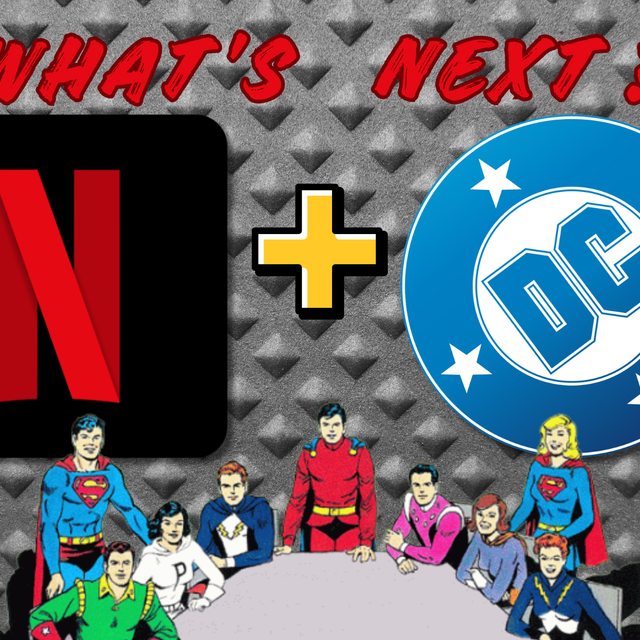A Tales of Suspense #39 page featuring the first appearance of Iron Man, penciled by Don Heck, is currently up for auction at Heritage Auctions, and it’s expected to sell for an extraordinary amount. But the story behind this page’s journey—from the 1963 comic to the present day—raises a lot of questions. How has this particular page survived for 50 years when so much of the early comic book art from that era has disappeared into oblivion?
Legacies from the Vault
This Iron Man page is part of a larger mystery surrounding the fate of the artwork from Marvel’s earliest days. Heritage Auctions has auctioned off several other Don Heck pages from Tales of Suspense #39 over the past couple of years, but many are left wondering why these pages have survived when so many others from that time have apparently not. Heck, along with fellow creators like Jack Kirby, was part of a wave of comic book artists who created legendary work during a period when original artwork was often treated as disposable.
Back in the 1960s, comic book art was incredibly underappreciated. Publishers like Marvel often gave away pages as promotions, mailed them to young fans, discarded them, or—perhaps most alarmingly—lost track of them entirely. Jack Kirby, in particular, has been the subject of much discussion when it comes to lost and even 'stolen' comic book art. Despite his crucial role in the creation of characters like Iron Man, his original artwork is notoriously hard to find, with vast portions of his early work essentially vanishing without a trace.
Kirby’s ties to Tales of Suspense #39 are particularly interesting, as he designed the original version of Iron Man. While Heck was the artist who drew the story that first introduced the character, Kirby’s influence can be seen on the page in the concept itself, as well as the early designs. And yet, most of Kirby’s original pages from this era are lost to time, leaving behind only fragments of the stories he helped create.
From ? to Auction Floor
So why has this Iron Man page—penciled by Heck—remained hidden for so long, only to surface now, while so many other works from the same period have vanished? Was it tucked away in some private collection for decades, or did it slip through the cracks of history in a bin somewhere, simply waiting to be discovered? With so many unknowns surrounding pre-1965 original Marvel artwork, who is responsible for preserving this piece specifically? And how did they get their hands on it?! What’s certain is that the survival of this page is an anomaly, and it shines a light on the lost history of early comic book art—an era when creators like Heck and Kirby could never have imagined the immense value their work would hold today.
While certain comics like TOS39 seem to have experienced unusual fortune, with several Don Heck pages surfacing in recent years, there is an entire sea of work from the same era that has all but vanished. What’s most striking is that some of these missing pages are from the very same issues that introduced monumental characters in the Marvel universe—characters that are now among the most lucrative properties in pop culture. The question that hangs in the air, then, is why Tales of Suspense has been so fortunate in preserving its pages compared to other iconic issues from the early Silver Age.
The Price of History
The fate of early artwork raises greater questions than the nature of comic book preservation and the inevitable passage of time. Beyond the financial value, each page of artwork represents the fragile nature of a medium that was once seen as disposable—a medium where pages, especially early ones, were often scattered, traded, or lost without consideration.
And while collectors and fans marvel at the survival of such artwork, they are also left wondering what other treasures from this era remain hidden, locked away in dusty archives or private collections. It’s a reminder that behind every iconic piece of comic history, there are countless stories of what we’ll never know—artwork lost, forgotten, stolen, or left behind in the whirlwind of the industry’s rapid growth.





